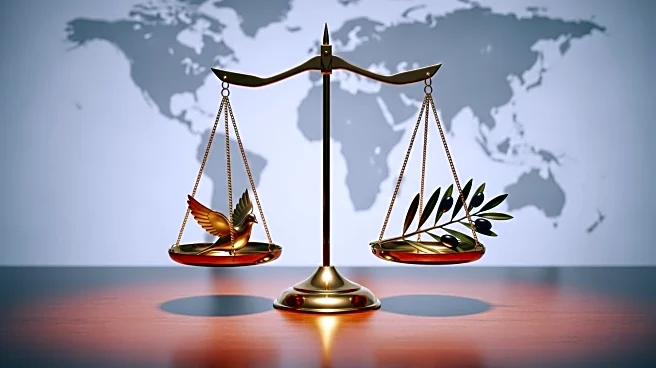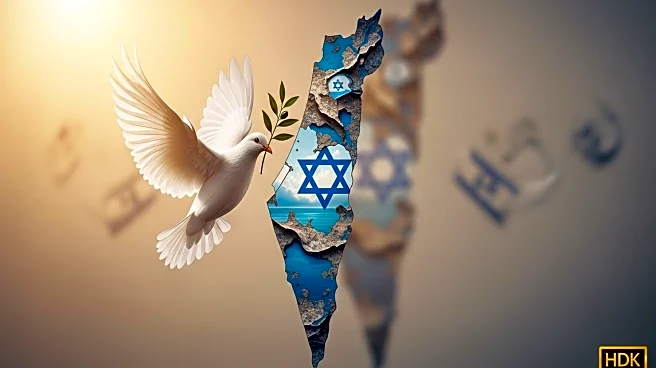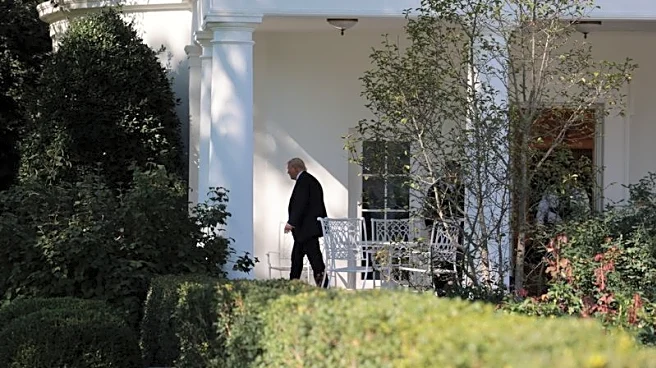What is the story about?
What's Happening?
President Trump has announced a 20-point peace plan following the recent ceasefire between Israel and Hamas. This development comes three days after the ceasefire took effect, leading to Israeli troops withdrawing to a pre-determined line. The plan aims to stabilize the region and prevent further conflict, focusing on diplomatic efforts and humanitarian aid. The ceasefire marks a significant pause in hostilities, providing an opportunity for both sides to engage in dialogue and address underlying issues.
Why It's Important?
The ceasefire and subsequent peace plan are crucial for regional stability in the Middle East. The conflict between Israel and Hamas has had significant humanitarian impacts, affecting civilians and disrupting daily life. President Trump's plan could pave the way for long-term peace and security, potentially reducing tensions and fostering cooperation. The U.S. plays a key role in mediating such conflicts, and successful implementation of the plan could enhance its diplomatic standing and influence in the region.
What's Next?
The next steps involve detailed negotiations and implementation of the peace plan's components. Key stakeholders, including Israeli and Palestinian leaders, will need to engage in constructive dialogue to address contentious issues. International support and monitoring may be required to ensure compliance and progress. The U.S. may also face challenges in balancing its interests and maintaining neutrality while facilitating discussions.
Beyond the Headlines
The ceasefire and peace plan could have broader implications for U.S. foreign policy and its approach to conflict resolution. Ethical considerations, such as the impact on civilian populations and the role of international law, may influence future diplomatic strategies. Long-term peace could lead to economic opportunities and development in the region, benefiting both local populations and international partners.
AI Generated Content
Do you find this article useful?














